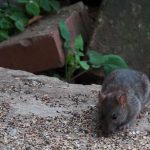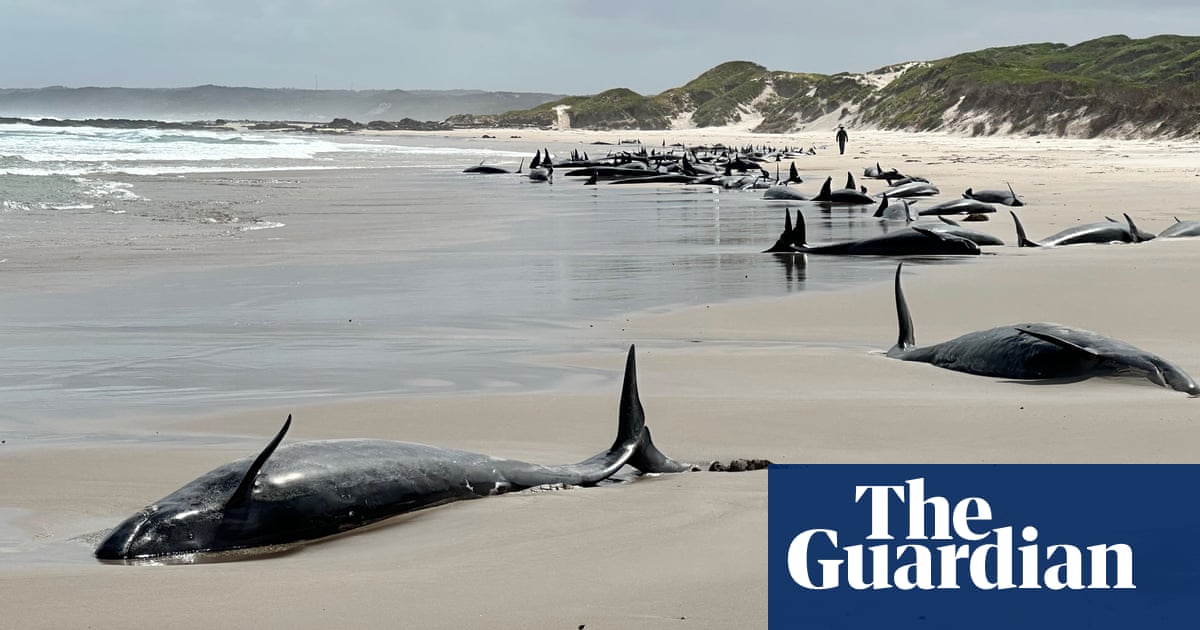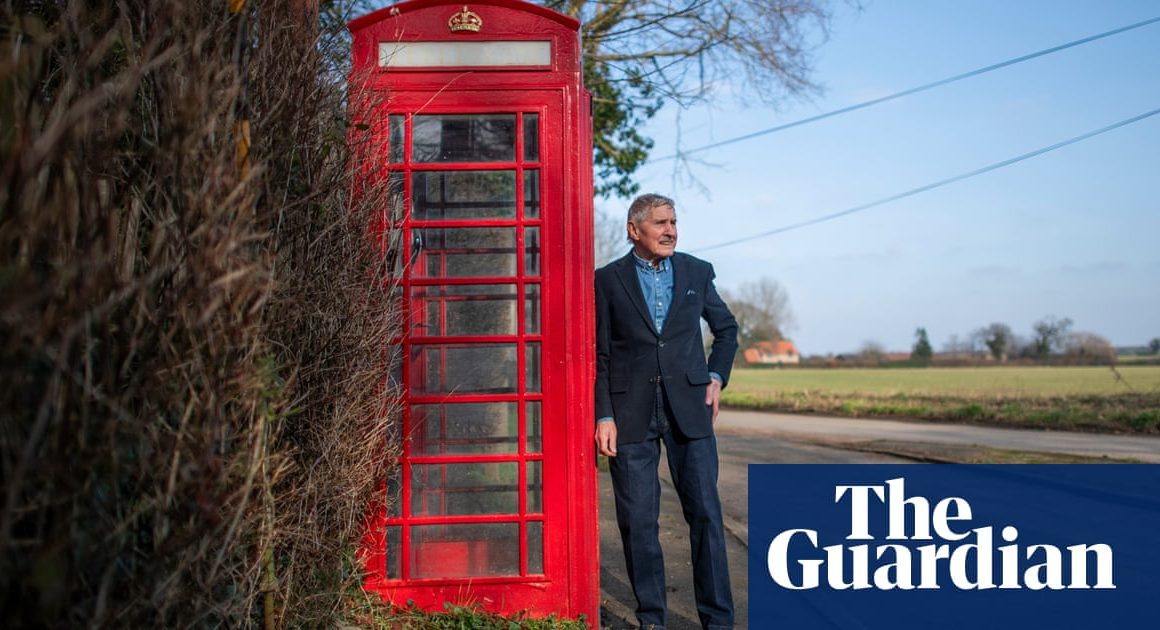More than 150 whales have stranded on a beach near Arthur River, on Tasmania’s remote north-west coast.
A group of 157 animals that appear to be false killer whales have stranded, according to the Department of Natural Resources and Environment Tasmania.
Marine conservation experts including wildlife veterinarians arrived to the site on Wednesday morning, confirming 90 animals were still alive.
“Our mass stranding events usually involve pilot whales. However, these are false killer whales, and it is our first large mass stranding of these animals in around 50 years,” Brendon Clark, a liaison officer at the Tasmania Parks and Wildlife Service, said at a press conference in Hobart on Wednesday morning. “They’ve been stranded now for, we estimate, 24 to 48 hours.”
“Initial assessments indicate that refloating the whales will be difficult due to the inaccessibility of the site, ocean conditions and the challenges of getting specialised equipment to the remote area,” Clark said.
“We have approximately 200 metres of surging tidal waters, a breaking surf, and so to try and refloat the animals directly back into that surf would be challenging,” he said, adding that would pose safety risks for rescue personnel.
“At this stage, we do not know why these animals have stranded,” he said, adding that helicopter reconnaissance suggested there were no other animals on beaches 10 km either side of the stranding site.
Authorities emphasised there was an active bushfire on the state’s west coast and urged the public to avoid the stranding area.
“If it is determined there is a need for help from the general public, a request will be made through various avenues,” the environment department said in a statement.
Allow Facebook content?
This article includes content provided by Facebook. We ask for your permission before anything is loaded, as they may be using cookies and other technologies. To view this content, click ‘Allow and continue’.
“All whales are protected species, even once deceased, and it is an offence to interfere with a carcass.”
The Tasmanian environment department’s stranding responses are guided by a “cetacean incident manual”, which was reviewed following Australia’s worst mass whale stranding in 2020. In that incident, more than 450 long-finned pilot whales beached inside Macquarie Harbour, also on Tasmania’s west coast.
after newsletter promotion
Two mass strandings in Tasmanian waters also occurred within a week in September 2022.
Clark said: “While we’ve had good recent success at previous whale standing events on the west coast at Macquarie Harbour and surrounds with refloating and rescuing whales, it’s important to note that the environmental and access challenges mean we are unlikely to be able to use those same rescue techniques.”
“Those onsite will be doing triages to determine the animals with the best chance of survival, and we’ll be implementing … methods to try and keep them alive and comfortable until they determine whether there is any likelihood of being able to refloat.”
He said the last false killer whale mass stranding occurred in June 1974 at Black River beach near Stanley, also on Tasmania’s north-west coast. That incident also involved a pod of 160 to 170 animals.
The false killer whale, despite its common name, is a highly sociable species of dolphin. The animals, which grow to about 6 metres long, forms large pods that can predispose them to mass strandings.
False killer whales vary in weight from 500kg to 3 tonnes, Clark said.












